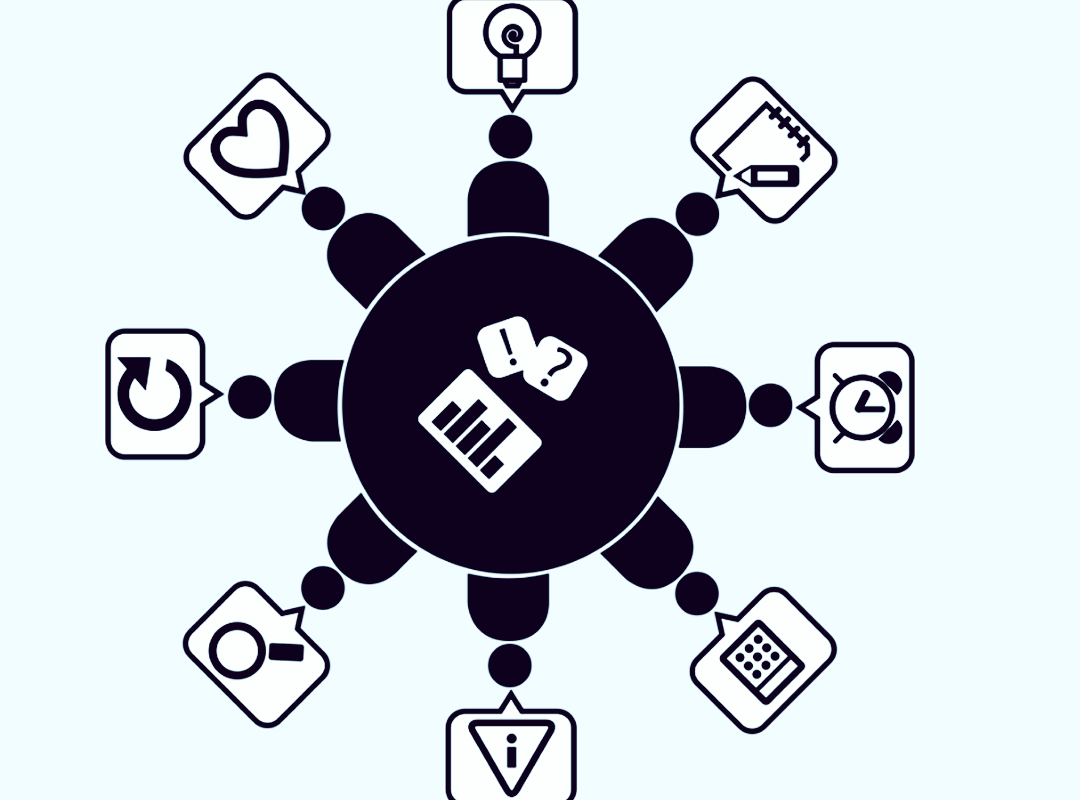Every design needs a different designing approach for ensuring creative outputs. There are a number of design thinking processes for professional designers, which you should know about. Read about them in our blog: ‘10 Designing Methodologies for Creative Conceptualisation of Ideas’. This article, in particular, will acquaint you with the Double Diamond thinking process and its phases.
Double Diamond thinking process is a designing methodology developed by the British Design Council in 2005. This design thinking and innovation method involves the application of divergent and convergent thinking. Thus, shaping the thinking model like a diamond. But you have to do it twice in this process. Firstly, to confirm the design definition, and secondly to create ideas, shaping the model of double diamond. You can carry out this thinking process into four phases, namely: Discover, Define, Develop and Deliver. Each phase has its own significance in this design thinking process for professionals.

Phase 1: Discover
The first stage of the Double Diamond thinking process marks the beginning of the design process. This phase is divergent, as it allows you to search for numerous ideas and creatives. The discover phase lets you ask questions about your design. Take a fresh look at the objectives of the design and begin with general questions like:
- Whats is it?
- What is the inspiration for this design?
- What is lacking?
More the questions, more the answers, and more the ideas.
This phase forms the basis of this design thinking process for professional designers. Discover insights for customer behavior and rapidly visualize your ideas by creating rough sketches. Keep going until you have a good number of ideas to work on, in the next phase of this design thinking and innovation method.
Phase 2: Define
The second phase of this design thinking process for professional designers, deals with refining the ideas gathered in the first phase. This is the first convergence in the Double Diamond thinking process, as you move towards some understanding. All of your knowledge and ideas are then converted into insights. Your insights then can be discussed in mapping customer journey, comparing notes, etc. and a design brief images for you to work upon.
You must not leave behind the viability and impact of your design brief. You must also discuss, to determine its success ratio in the market. Once a vision is set, you can advance the basic idea of design to the next phase of this design thinking and innovation method.
Phase 3: Develop
The third phase of Double Diamond thinking process deals with physical prototyping. In this phase, you can shape out the design brief of a basic creative sketch. You can also make several prototypes, thus making the process divergent. Then, you can test the prototype, recapitulate it, and even put it to surveys to discover errors and faults. You can use techniques like role-playing, forming character profiles, etc. to determine the user interaction with the design.
This phase helps you to make a note of the improvements in your design and to refine them. The re-iteration of the prototype in this design thinking process for professional designers brings dramatic improvements. It lets you ensure that the final prototype is completely focused on the central idea of your design.
Phase 4: Deliver
In the last phase of your design thinking and innovation method, the final outcome of your prototype goes through some processes before launching. The finalising and launching of the design is the final convergence in the Double Diamond thinking process. You can carry out the phasing to manage risks before the final, large-scale launch.
The outcome can be tested by you before a small group of people to study public opinion. Then, you can also evaluate it according to the reviews from the phasing and with a final testing, you would be able to make the changes. This design thinking process for professional designers comes to an end after this stage and your final product/ design can launched or delivered.
The Double Diamond thinking process is considered widely for professional designing purposes, thanks to its simple and professional systems. Use this design thinking and innovation method to structure your creative process. Read our blog on ‘10 Designing Methodologies for Creative Conceptualisation of Ideas’ to learn about more such designing processes for professional designing.









